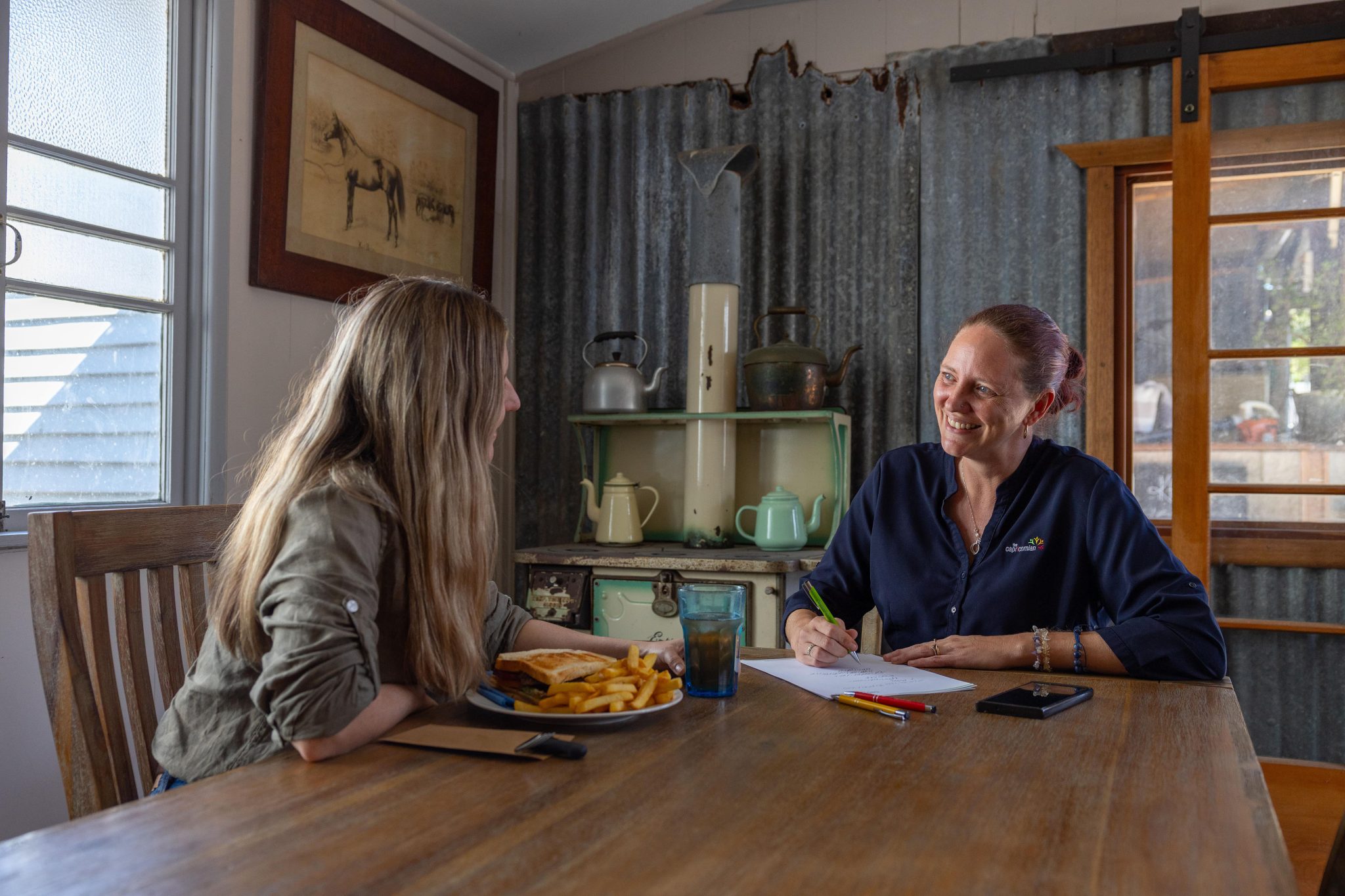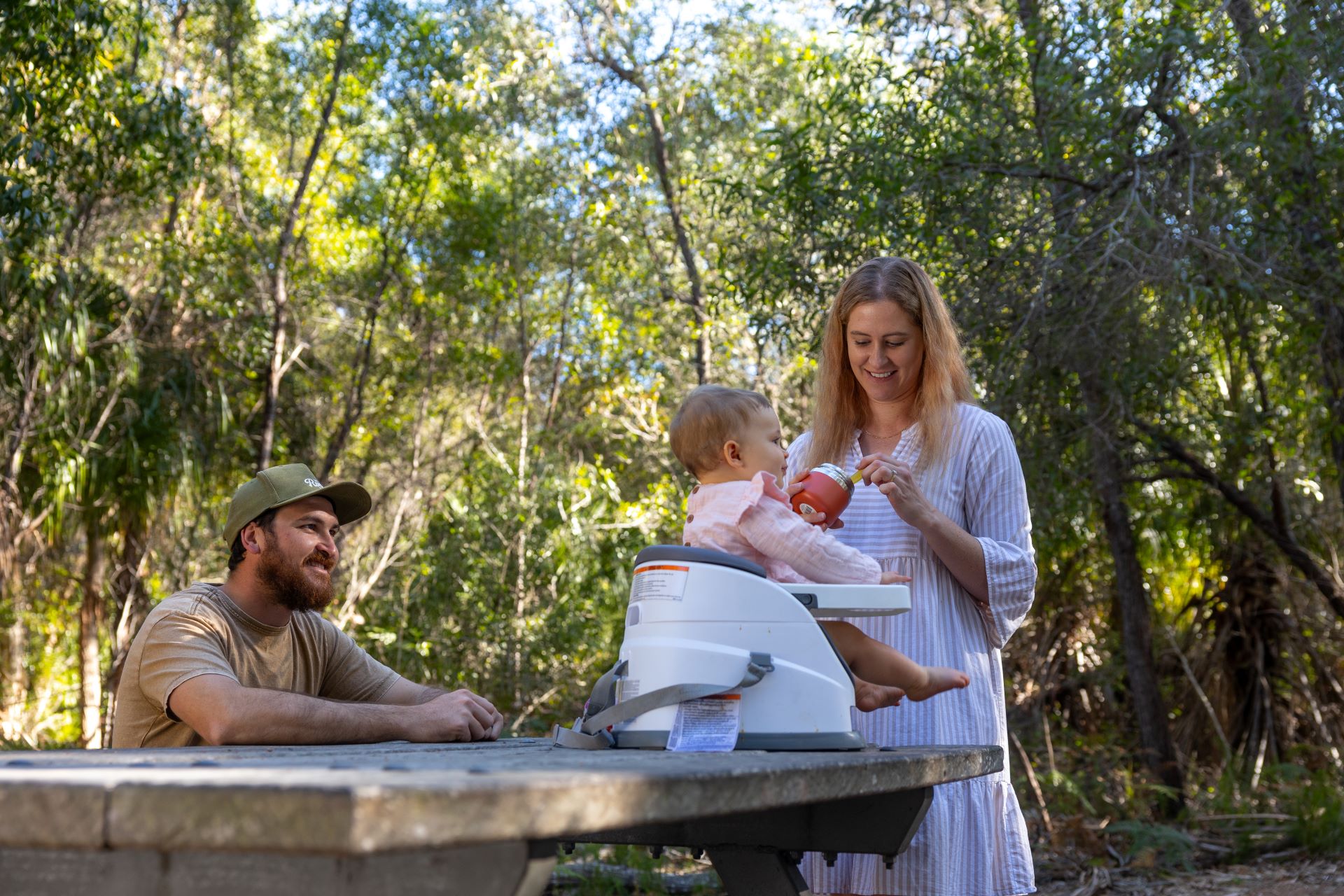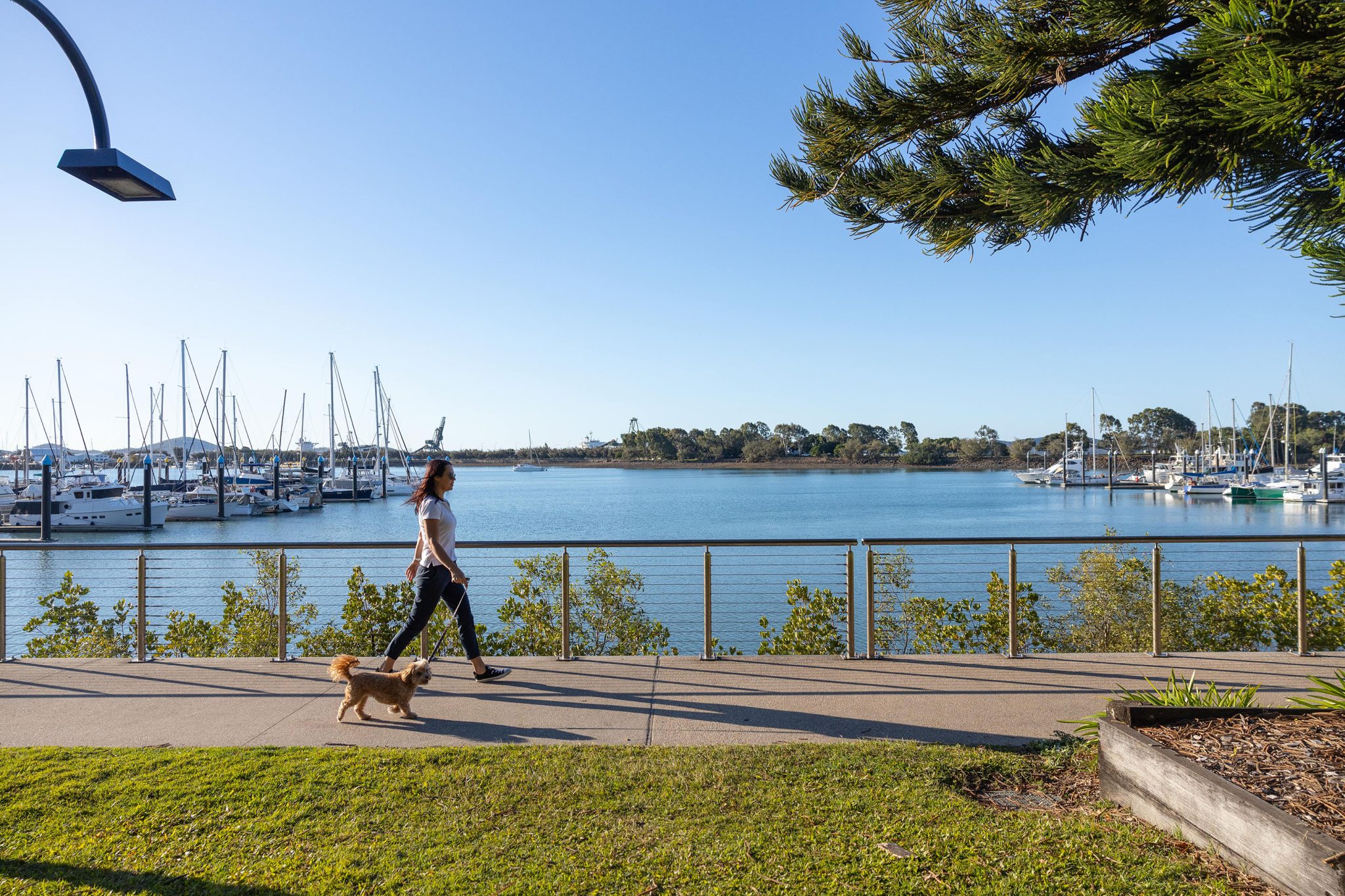No matter your circumstance, having an emergency fund that you can tap into when you’re hit by a surprise financial shock can be a lifesaver (literally).
Your ‘Rainy Day’ fund is a pool of money that you can access if something goes wrong or you get unexpectedly smacked with an unforeseen expense – like losing your job, or your car breaking down.
How to build your own Rainy Day fund
Ideally, you should be allocating 20% of your take home pay to ‘future savings’.
If you haven’t read our blog on the 50-30-20 Budget, now might be the time to check it out! We’ll still be here when you get back.
There is no ‘magic number’ to aim for when it comes to an emergency fund. Everyone has to start small, but a good rule of thumb is to aim to have between 3-6 months’ worth of expenses saved.
Wait… how much?!
Don’t stress if that seems like an unrealistically big target right now. There’s a reason why we call them ‘future’ financial goals, if you start working towards this goal now, you’ll be surprised by how quickly your emergency fund grows.
Every $5 you put into that fund is helping you get closer to that goal and (more importantly) $5 you’ll have in your pocket when you really need it.
Case study: Sarah makes $450/week take-home, working at a restaurant in town. Roz didn’t think she could afford to have ‘savings’, but two years ago, after getting some good financial advice, she set up an automatic transfer, so that $12 from her weekly wage goes directly into a savings account. Roz has saved over $1300.
When her car suddenly broke down, she used $1000 from her emergency fund to cover the cost.
Roz was relieved that she could afford to fix her car, which she relies on to get to and from work. She didn’t have to pay on a high interest credit card and put herself into debt and she has kept her automatic transfer, so her savings will start topping up again from her next payday.
Make a plan and stick to it
Once you know your goal, you can make your savings plan. Use your budget to see how much you can afford to contribute to your fund each week. Then – figure out how long it will take you to reach your goal. For some people, a visual representation of their goal can be incredibly motivating… try making one of those thermometers you can colour in as you get closer and closer to financial freedom.
And if you need to use those savings?
That’s exactly what they’re there for! But if you do need to tap into your emergency fund, make sure you top it back up as soon as you can – now you know how important it is to have, this should come so much easier!
Stuck with the money stuff? We got you! Did you know we offer a Financial Health Check that can help empower you to take charge of your finances once and for all?
This advice has been prepared without taking into account your objectives, financial situation or needs. You should consider the appropriateness of the advice in light of your own objectives, financial situation or needs before you follow the advice. You should obtain a copy of and consider the relevant Product Disclosure Statement (PDS) and Target Market Determination (TMD) before making a decision.




